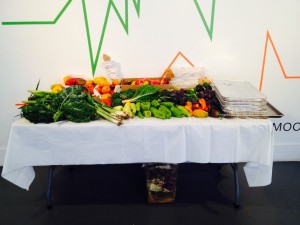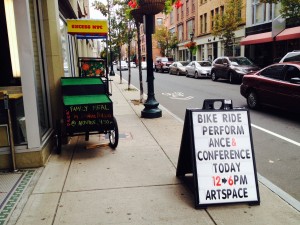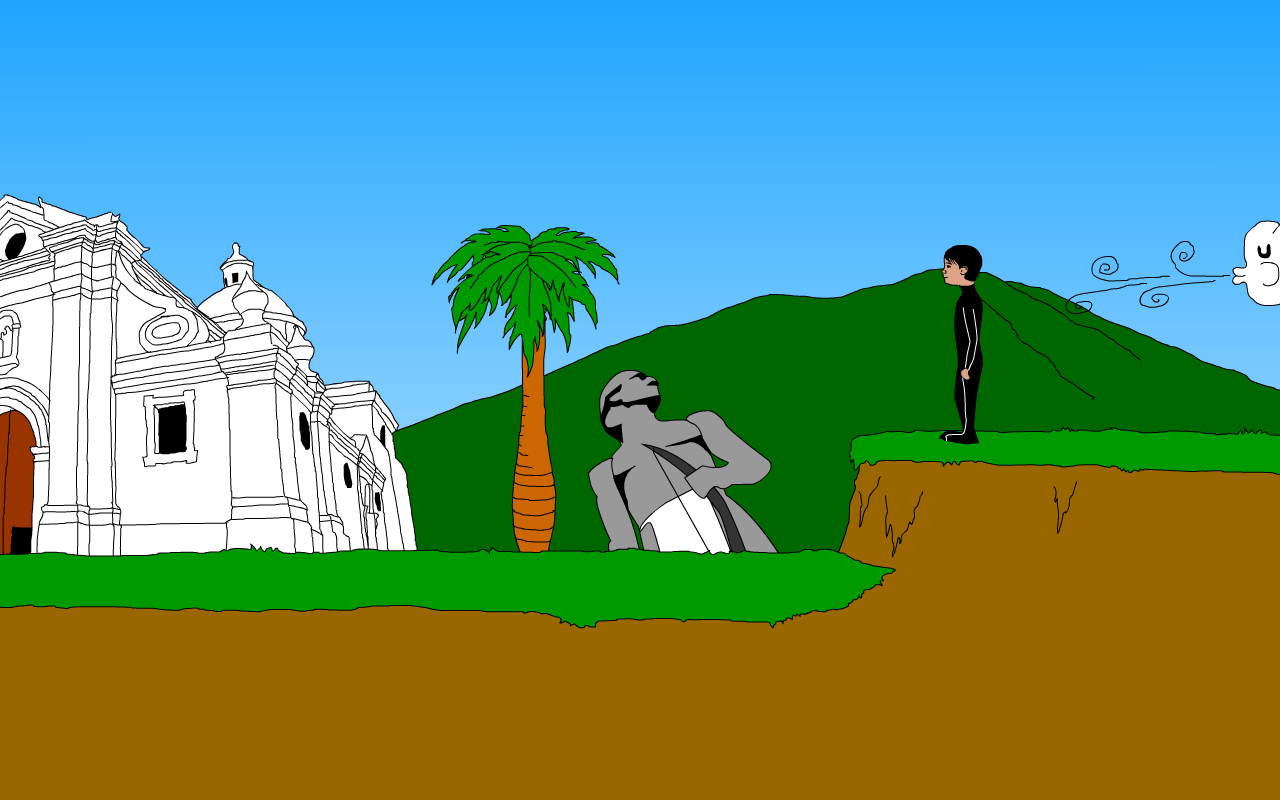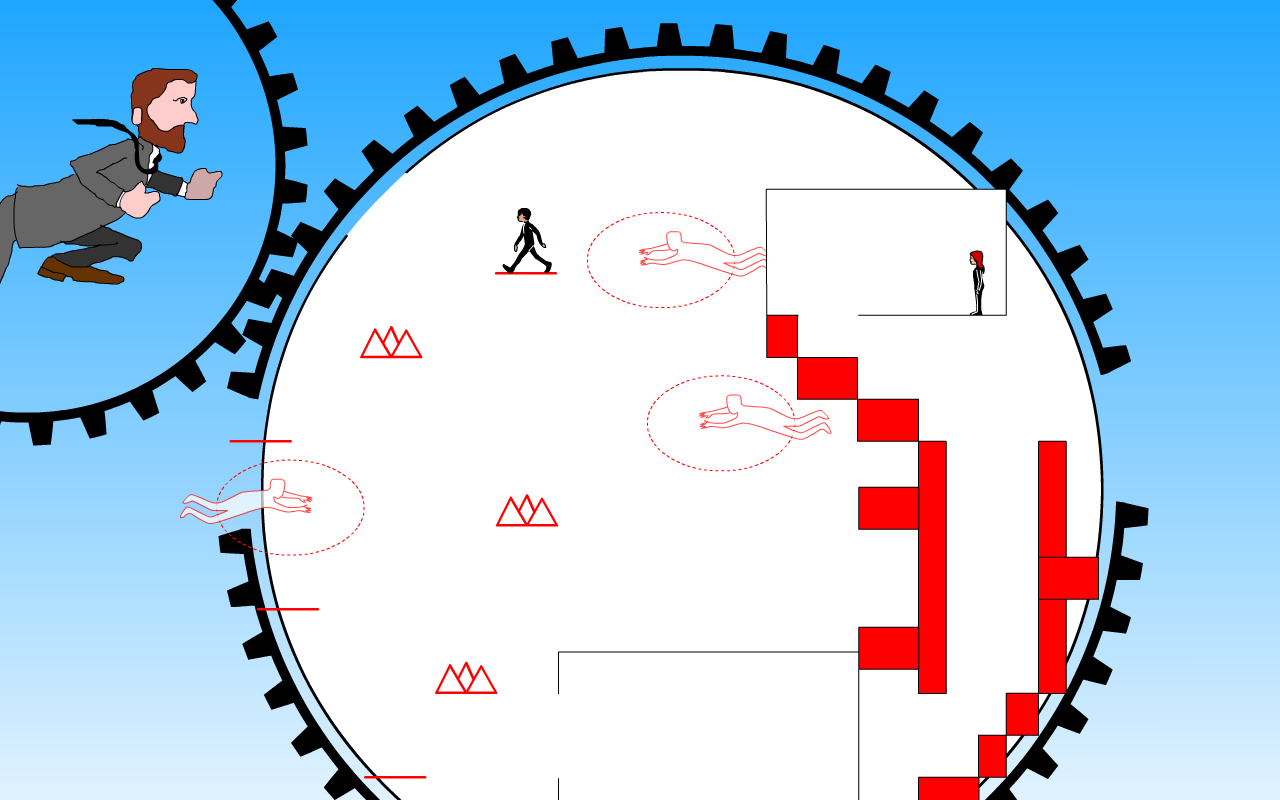Victoria Estok & Steve Lambert Show that Cops Believe in Climate Justice

Victoria Estok with NYPD for Climate Justice

Steve Lambert Posing with Police for Climate Justice
The People’s Climate March Warm Up at La Casita Verde

The People’s Climate March “Warm Up” at La Casita Verde – come and make posters for the march!
Come out Saturday to the green space at Division and Bedford, Brooklyn – La Casita Verde – for a fun afternoon of poster making for Sunday’s People’s Climate March. 1-4pm Saturday, September 20th at 451 Bedford.
COMPUTER VIRUS CATALOG by Bas van de Poel
This image is from “COMPUTER VIRUS CATALOG An illustrated guide to the worst viruses in computer history” founded and curated by Bas van de Poel. Submit more, grow the catalog!
EXCESS at Artspace
Final Day of EXCESS NYC at Artspace, New Haven

EXCESS NYC at Artspace, New Haven, CT
Tomorrow Brooke and I will be riding the food rescue and compost bike around New Haven collecting food for the final event of “Vagaries of the Commons.” Big thanks to curator Sarah Fritchey for lining up participating restaurants and vendors giving us food that would otherwise be thrown away!
New Audio for “a geography of being | una geografia de ser”
On Transmitting Ideology at El Museo del Barrio

On Transmitting Ideology
11 radio guns from “On Transmitting Ideology” will be on view as part of the exhibition “PLAYING WITH FIRE: Political Interventions, Dissident Acts, and Mischievous Actions” curated by Nicolás Dumit Estévez at El Museo del Barrio from September 6, 2014 – January 3, 2015.
The installation presents eleven wooden guns outfitted with radios broadcasting declarations on freedom and transformation in our society. The broadcast is an audio montage composed from snippets and portions of speeches by Calvin Coolidge, Reagan, Obama, MLK, Enoch Powell, Malcolm X, MacArthur, George Wallace (former governor of Alabama), Barry Goldwater, William F. Buckley and Noam Chomsky – speeches that have helped define contemporary conservative vs liberal ideology. The audio montage is available online: http://ambriente.com/ideology/
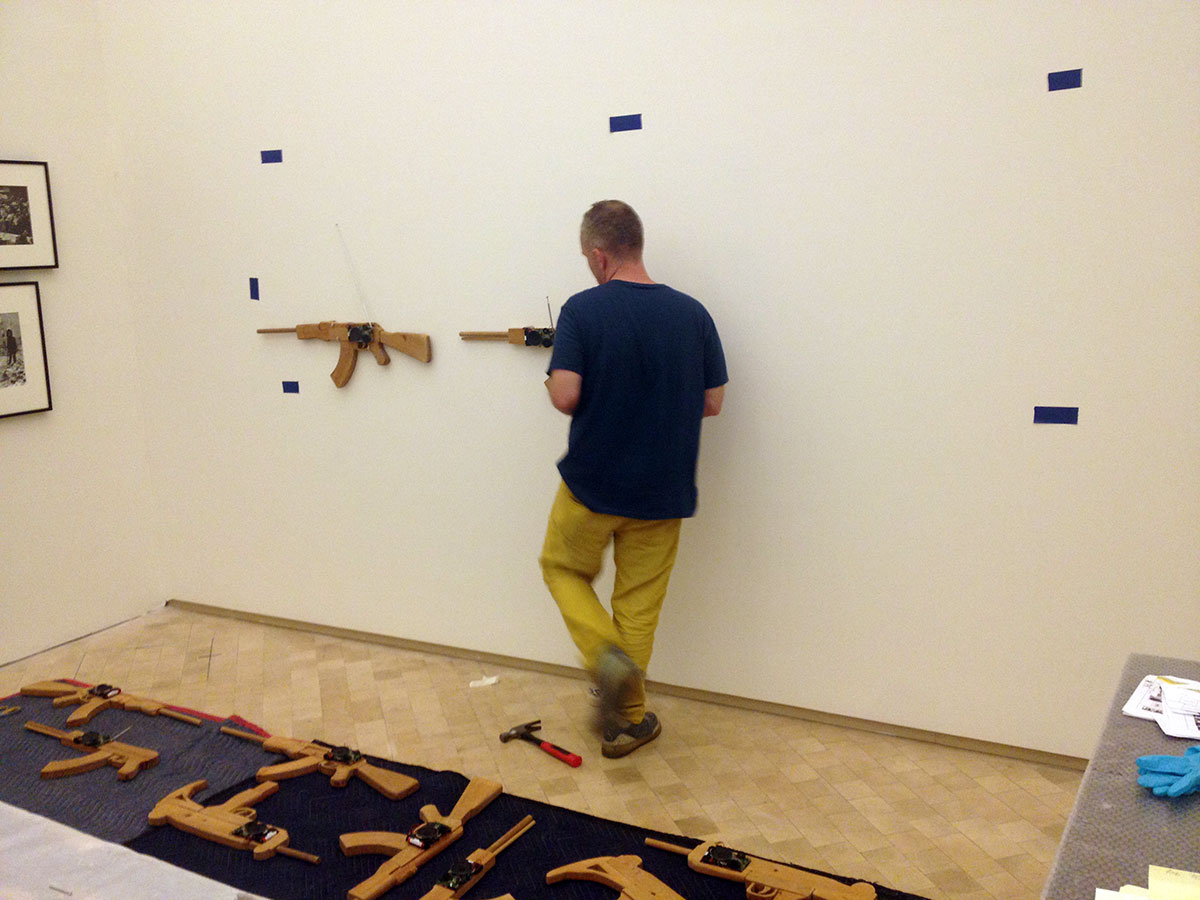
Installing “On Transmitting Ideology” at El Museo’s Carmen Ana Unanue gallery, September 3rd, 2014
“Vagaries of the Commons” at Artspace, New Haven, CT

EXCESS NYC at Artspace in New Haven, CT
“Vagaries of the Commons,” curated by Sarah Fritchey, will be on view July 25 through September 13. Brooke and I are participating in a group show revolving around the concept of the “commons” in today’s increasingly privatized public spaces. The curated artists are cultural producers that interact with the gray zones of private vs public to investigate various social issues.
Our food collection and compost bike for the ongoing project EXCESS NYC is on exhibit and on Saturday, September 13th, we will be collecting food and having a picnic as part of that day’s closing events.
Here’s the full description or go to the Artspace site that also includes links to the artists.
Artists and contributors include: Brad Armstrong, Ricardo Miranda and Brooke Singer; Lani Asuncion and Gary Aronsen; Mengyu Chen; The Elm City Dance Collective; Jason Friedes; Focus Lessness (Michael Romano and Milton Laüfer), Occupy New Haven; Phil Lique; Project Storefronts; Scott Shuldt; and Under 91 Project.
The concept of “the commons” predates the feudal era in early Germanic and Roman settlements, where communal land ownership prevailed. Originally, the concept referred to the public’s interest and right to access essential natural resources that are held in common and not owned privately, including land, water, animals and fish. Gradually, as royalty and then a central government gained power, the notion of communal land ownership disappeared and the concept of “the commons” evolved.
In 2014, this concept is increasingly complex. Legislation pertaining to the regulation and privatization of common space responds to changes in government, the economy, the sciences and our natural surroundings. Also, the concept of the commons extends far into the charted and uncharted vacuums of the digital realm.
This exhibition presents a group of artists, based in and around greater New Haven, who make works that operate within the penumbras and cracks of the legal systems that oversee its “commons”. These grey zones are the flexible and the often vague environments from which the show’s title takes its inspiration
The show identifies four specific sectors and human rights questions addressed by artists practicing in and around New Haven. These include: the material commons (who has the right to order the build and name structures, homes, cities, maps?), the knowledge commons (who has access higher education, public libraries, the internet?), the aesthetic commons (who has the right to define and control image production?) and the affective commons (how are emotions policed and kept public/private?). The essential question that each work asks is: who has the right to have a voice?
The exhibition is organized to mindfully accompany Laureline Kruse’s Mobile Museum Student Apprenticeship Program project, which will share an exhibition space with the show.
Emotions of a Toddler

Emotions of a toddler
I just dug this up from an animation I was working on in 2010.
Digital Publishing Innovation Summit, Part 6
Following lunch on the second day of the Digital Publishing Innovation Summit, Jason Wagenheim of Teen Vogue took the stage to discuss what Teen Vogue’s mobile strategy to increase audience and traffic. As Kremins of Epicurious pointed out, mobile ad engagement is key while the reader is in store, when it matters most. It is at the moment of shopping while in the store that Teen Vogue can help retail advertisers connect with its audience.
Wagenheim pointed out that 17 year olds have smart phones and she influences the rest of the family, the 17 year old with the smart phone is powerful force that advertisers must successfully target. He stated that by 2018, internet traffic will be 35% mobile and 65% desktop. Social networks function as a mobile gateway, referrals are 25% social, 33% search based and 39% direct.
Although native apps present the advantage of third party APIs, Teen Vogue decided to focus and optimize for mobile web. Since doing so there was a 33% lift in unique visits largely due to batching image resize for mobile web. By 2018, less than .01% of consumer apps will be financially successful.
Wagenheim presented a case study in which a mobile product launched in unison with a sales event. The launch was designed to showcase partner content and drive retail engagement. Targeted coupons were presented via the mobile web app at the moment of sale. The teen would take a picture of the dress and share it along with the coupon id and sales skyrocketed. Wagenheim did make a point that business partners must use their own mobile tools for an ad campaign to succeed for everyone.
Teen Vogue partnered with a couple of developers from Taiwan to create “me girl” that lead to 4 million installs. Users use “me girl” to dress an avatar, see what an outfit looks like and then purchase.
Wagenheim ended his presentation by stating the following keys to success:
- Know your audience’s consumption trends, most visible via mobile web
- Support intuitive behavior through UX development
- Understand internal resources and limitations
- Execute a social conversion strategy
- Plan for change

Teen Vogue’s keys to success for mobile advertising
Following Wagenheim, Hayley Romer of The Atlantic took the stage to discuss “The Role of Premium Publishers Today.” She stated that publishers need radical change without changing who they are. And went on to discuss the paradoxes of programmatic advertising such as:
- sell on quantity versus sell on quality
- advertisers want CPM data but are unwilling pay for it
- shorter is better versus longer is better
- mobile is our downfall versus mobile is our future
Regarding “shorter vs longer” she pointed to the two top stories from 2013 and 2014. In 2013, it was a data visualization simulating “World Births and Deaths in Real-Time.” Whereas in 2014 it has been Ta-Nehisi Coates’s “The Case for Reparations,” a 16,000 word article. This demonstrates that it’s not about shorter or longer being better, but rather presenting compelling content in the right format.
Regarding “mobile downfall vs mobile future,” Romer pointed out that mobile usage is up 43% whereas ad spending breaks down to 7 cents on mobile, 14 cents desktop and 83 cents for print. 2014 banner ad spending is at $10.27 billion and expected to rise to 11.29 billion by 2016. Romer’s keys to success are:
- Strong Concept
- Brainstorm different ways of telling the story based on the medium… what is the right format
- Testing
She presented the highly successful visualization of red lining in Chicago, because it doesn’t present the data in words, but rather a time-based visualization onto a map of Chicago to visually show the information.
Amongst the weakest speaker at the summit was Mike Germano who presented a Vice commercial, talked about being a Yankees fan and then went on to give a motivational pitch on the importance of fear. He was very charismatic, but really did not present anything of value. And I missed the final speaker Paul Rogers of Liverpool FC who discussed the need of thinking global while acting local as a form of media engagement.


